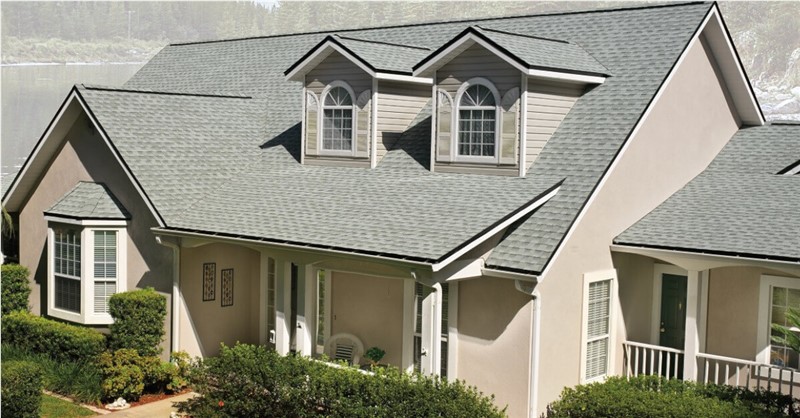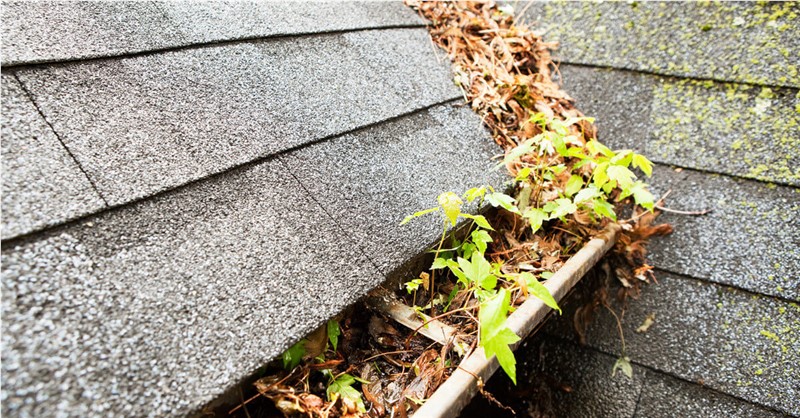A lot of people think of asphalt shingles when they think of a roof. While they get a lot of credit, shingles only work as part of an entire roof system. What about the other components that help the roof function properly? Roof flashing is the more subtle, but just as important part of the puzzle.

What is it?
Flashing is a thin material use to direct water away from certain areas of the roof. It’s often made from galvanized steel and is necessary to keep water from getting under the shingles and causing damage at vulnerable areas. Flashing is also sometimes made from copper, aluminum, and lead.
Where does it go?
As mentioned, flashing is placed at the vulnerable areas of the roof. Places where the roof meets a wall, low points in the roof, protrusions in the roof, and the edges of the roof are all more susceptible to water intrusion. Some specific examples are:
-Front and side walls
-Valleys
-Chimneys
-Dormers
-Skylights
-Vents
-Rakes and eaves
How does roof flashing work?
Flashing prevents damage to the roof decking and interior of the structure by closing the joints between the roof and other parts of the structure. The flashing collects pooling water and guides it away from these weak areas of the roof. No matter which part of the roof the flashing is installed on, the process is essentially the same. For example, in a valley, the flashing is installed under the shingles at the edges of the valley to direct water to the gutters. Vents and chimneys both have flashing installed around them to seal the edges and push water away from them. No matter where the flashing is, the purpose is to get water off the roof and prevent damage.
Subscribe to Horizon Restoration's Blog




Comments